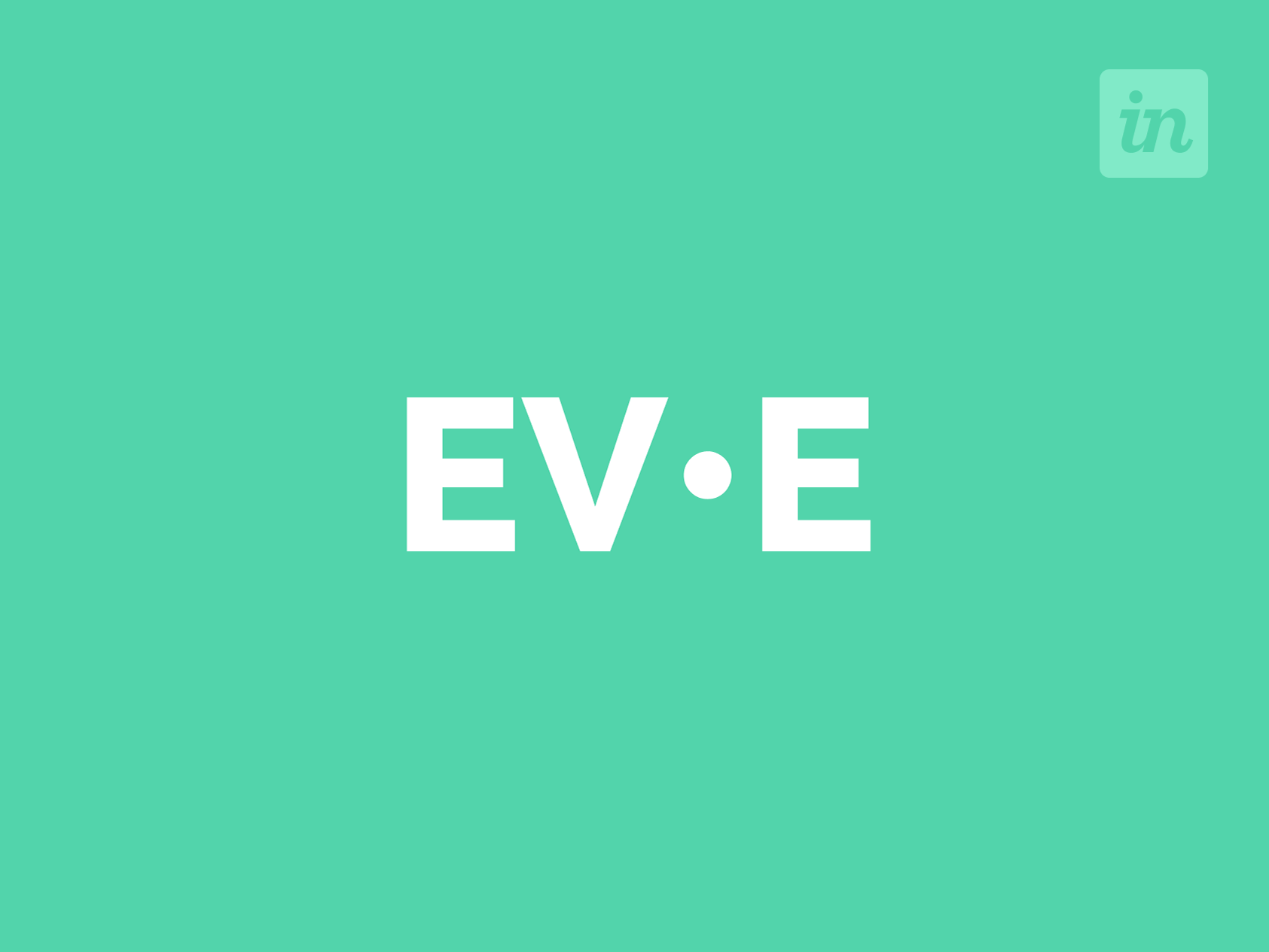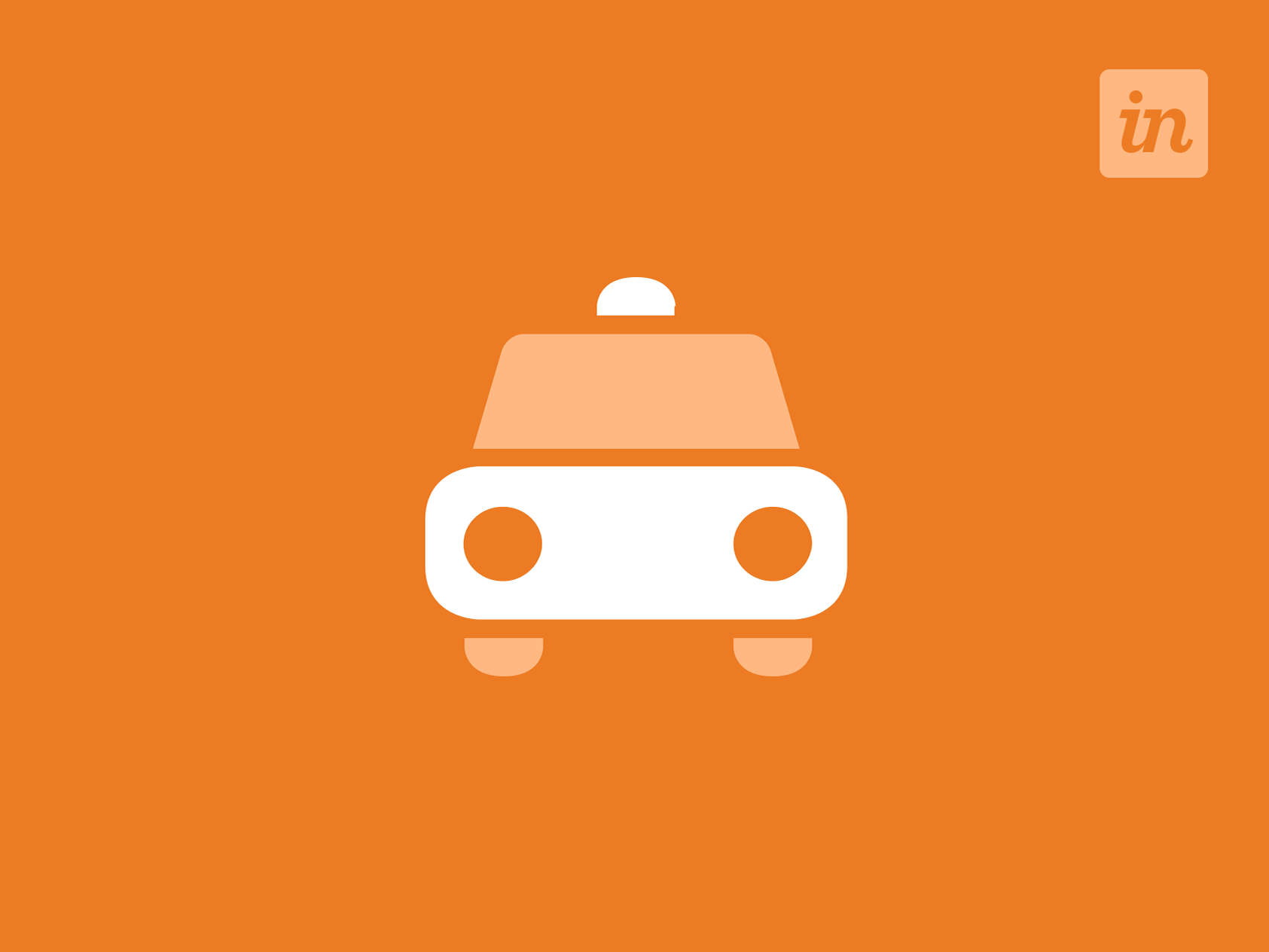A big ship has just docked into one of the most congested ports in Europe. Players take the role of Terminal Operators, who have just 3 days/rounds to prove themselves by unloading, stacking and sending Containers on their way. The most efficient player will receive full ownership of this Port’s operations and get the chance to grow and develop into the most profitable port on the continent.
At heart, it’s a competitive pick up and deliver, worker-placement, medium euro game for 2-5 players. One of the core mechanism is “I split, You choose”, which creates a wonderful balanced interaction between players. This is how they get and stack Containers in their warehouses, before loading them on trains to receive money, or on trucks to receive Victory Points. It’s a fun strategy simulation of a modern Container Port for players looking for a fun challenge.
---
Making a Boardgame
Back in 2015, I had an idea for a board game. An interactive logistics simulation of a container port. I was very much into container ports, as well as board games, so the enthusiasm poured naturally. And because I couldn't find any games like this on the market, a couple of years later, during Covid, I decided to make one of my own. And I must say, from sketching to printing to playtesting to publishing, it was one of the biggest design challenges I've ever had in my 15 years of experience. Why? Because in Digital Technology terms, I had to be the Researcher, the Tester, the QA, the Designer, the Developer, the Product Manager, the Product Owner and everything in between.
So what did I get myself into?
---
Research & Notes
Just like any project, it starts with a lot of research. I mean, months of research. One type of research was to play... yes, to play as many games as possible that contained the mechanisms that I was looking for. And why I was looking for those specific mechanisms? Because those were the ones that fit best with the theme that started it all - The Shipping Container Port. This is where the other type of research went. I watched documentaries about shipping. I read articles and books about shipping. I even enrolled in a paid online course about shipping. Normally, it would've been the most boring lecture. But because I wanted to make a Board Game out of it - strangely made it fun and exciting. A lesson learned.
Every time I do research, or get any ideas, I write them down, no matter how stupid they are. The ones with most potential get highlighted in green and turned into a sketch as soon as possible, so I don't miss any mental details. It's a system I enjoy quite a lot. The only problem is that when I get to hundreds of notes, it becomes overwhelming to scan through. I would prefer to make them as sticky notes in the future. Or, find a clever way to 2way-sync between this list and a digital post it notes tool.
---
First Sketch
This is how I imagined the game from the start. A pick-up and deliver worker placement. A ship full of containers, a modular grid where players would bid for groups of containers, and delivery points on the railway and trucks, which would take them to the mainland and give players delicious victory points. The biggest thing that has changed during later iterations, is that bidding has been replaced by "I split, you choose mechanism", which created more fun interactions and worked well regardless of player count.
---
3D Printed Containers
What I love about boardgames, is the tactile experience that you get while interacting with the pieces and the boards. It's something I aimed to accomplish form the beginning. I wanted players to feel like giants moving containers around. In a way, using their hands instead of cranes. That's why I decided to 3d print real-like containers, not only because they help players transpose themselves into the world of a port, but also because it's mechanically important for players to stack them in their warehouses and on top of railway cars and truck beds. I wanted the colors to match real container colors as well.
A container color can tell you a lot about its origin. For example, white is used for refrigerated goods because lighter colors reflect sunlight better than darker colors, keeping the interior of containers cool in warmer conditions. Green containers are used to transport agriculture-related cargo such as seeds and grains. Blue shades are often associated with standard shipping containers transporting dry cargo such as clothing and electronics. Red may be used to indicate that hazardous or toxic substances are being transported inside a container, and yellow are used to transport bulk cargo such as chemicals and minerals. I used all this information to create a hierarchy between containre colors and attribute different values to them, which I later used to produce requirements for Delivery Contracts.
---
Graphic Design & Components
Everyone complimented the "artwork" during playtests. But I had to explain, that this is not artwork, actually it's intentionally as much deprived of artwork as possible. Artwork comes later, from a publisher's in-house illustrator. What I tried to do from the early beginning, was to create the most functional layout with as little artwork as possible. An intuitive and flexible wireframe styleguide that would work in all situations without me worrying about printing issues or color mismatches. It was also designed to be transparent and keep the attention on the colored container pieces instead of the layout itself.
---
Design Progression
---
Player Boards
---
The Mechanisms
Mechanisms are the engine of a board game. Everything a player does or achieves through a game is done through a mechanism (i.e. play a card). Through this deep design process I've tried and tested many of them, to see and understand which ones would fit best with the theme that I picked (Shipping Container Port) as well as create a cohesive and fun gaming experience with all these mechanisms smoothly overlapping together. Some of the used mechanisms are:
(click on each to find more)
---
The Math
I started by defining a rarity and a point value for each type of container, based on the hierarchy established previously: Green = 5 victory points (VP), Blue = 4 VP, Red = 3VP and Yellow = 2VP. Then I used a logarithmic scale to lower those values based on how many of them are required together on Delivery Contracts. Those are the contracts cards which players will fulfill using a combination of their Containers. In this way, the more containers are required on the same contract, the less valuable each container becomes, although the total will still be higher. Below is a grid, where I calculated the values of each container in both points and gold coins for each color combination possible. This system was the blueprint for all math calculations that followed.
For tile and bonus actions, I made a very simple spreadsheet, where I calculated how much each action is worth, both in coins and victory points. And from their Min and Max values I could make a Victory Points Median, which I then converted very loosely into a "Power" denomination. This allowed me to see which actions are under or overpowered, and either balance them by making them better/worse, OR increase or decrease their cost. Based on this system I could start to convert ANY resource into ANY value. The only thing I struggled to use in my calculations, is probability.
Below are some examples of that conversion.
Then I went a step further. I used an advanced tool called Machinations to simulate the game economy and its probabilities. Together with Cezar's help (Machinations Expert) we tried to calculate a correlation between Action Points <-> Gold Coins <-> Victory Points to find any outliers (values out of the ordinary), balance them and try the simulation again. It simulates players getting different combinations of containers from a common pool, storing them in their warehouses, and based on what they have in store - fulfill contracts with container requirements, with the priority of getting as many victory points as possible. Although it was pretty fun to play with, in the end it proved to be a little cumbersome, and unfortunately it lacks features that can program and predict player interaction, which is vital in Board Game Design. In the future I might use a simpler tool like McDie to calculate all probabilities.
Here's a direct link to the Machinations diagram. Just press Play and watch it work.
---
Playtesting / User Testing
Now to the fun part...
Between 2020 and 2022 I've conducted around 40 playtests in all player counts, iterating on the go between sessions. I created this system of modifying values very easily by erasing individual values from the boards and rewriting new ones without needing to reprint the whole prototype. That was possible by printing the prototype with empty place holders on a special PVC material, which allowed for easy erasing and rewriting. But most importantly, this allowed me to do faster game economy balancing on the go, which proved to be very helpful in the long run.
Below are a few events where I tested or pitched the game.
---
Zilele Jocurilor BGCON
---
Bucharest Playtesting Tour
---
Game Authors Conventions Gottingen
---
BG Camp
---
Le & Le Games
---
Essen Spiel
---
Why this game should exist?
• We're slowly putting the recent shipping crysis behind us, the time has come to get excited about the shipping industry again. It's growing now more than ever.
• The theme of the game is greatly underused. There has only been three games released about shipping containers since 2007. There are thousands of games released every year.
• The gameplay is intuitive and interactive. Everything you do during a turn affects everyone else, so there's never down time. Everyone is involved, all the time.
• The strategy is fun and challenging, allowing multiple ways to victory. But delivery of Containers is always key. The more you deliver, the more points you'll get.
• The games has been play tested more than 30 times, with all player counts. So it's been meticulously improved to a version very close to final product.
• The game is also mindful about the subject of Shipping Port pollution, which has a big impact on the environment. Pollution is integrated very well between the mechanisms of the game.
• The main mechanism of the game "I split, you choose" is greatly underused in the board game industry. There has been some releases lately that makes some use of it, but nothing at this level of interaction and immersion.
• The main board is modular, which means that the game scales well regardless of player count.
• The 3d containers are not only great to look at and interact with, they also have a functional and mechanical purpose. They are stacked in warehouses, as well as on railway cars and shipping trucks. It all makes logical sense and adds to the immersion. Like everything in this game, it tries to mimic real life creating a very tactile experience. It marries mechanisms with theme very well.
• I'm an User Experience Designer by profession, that knows how to package and ship a digital product. I'm a very good asset to have in bringing this project to life.
---
Next Step
It's been a couple of years. I've done the work. I've created my first game, and I've put all my creative experience into it, both as an User Experience Designer and as a Game Designer. I've done everything I could up to this point to make this the best game it could be. Now I'm ready to pass some of this responsibility into the hands of an experienced publisher, that could help me turn it into a real product, and bring it to all of our tables in the best form it could be.
But even if it ends up nowhere, I have to admit that this was a great learning experience. I learned so much about pitching, the design process and the math behind it, as well as various ways of making prototyping and playtesting enjoyable. Will I do it again? Definitely Yes.
(Moodboard for the future Artwork)
As of Autumn 2023, this game is still looking for a publisher.
So, the journey goes on...









